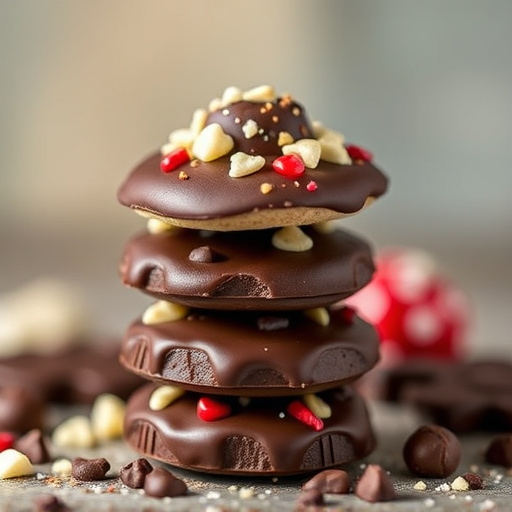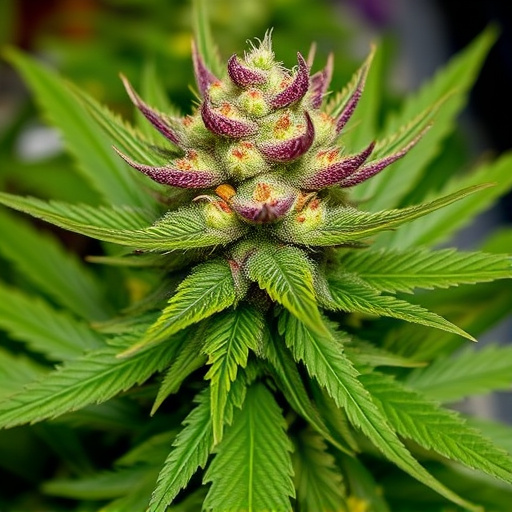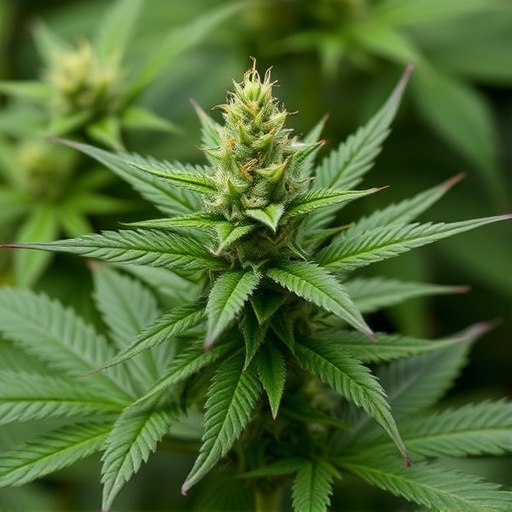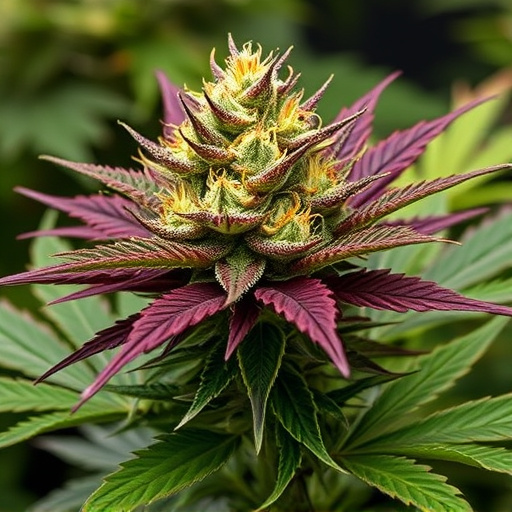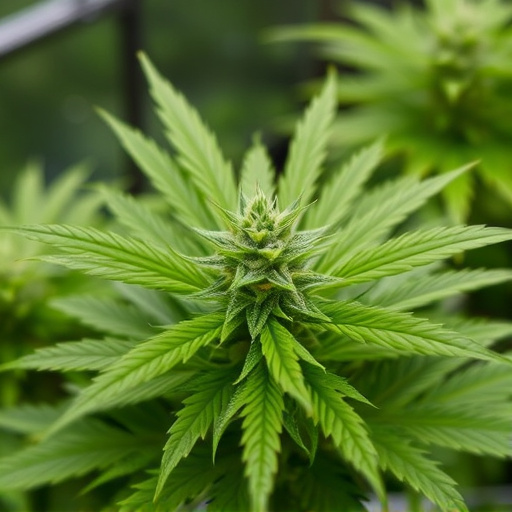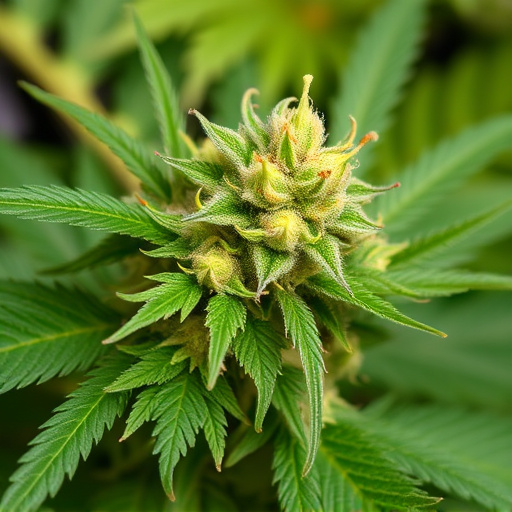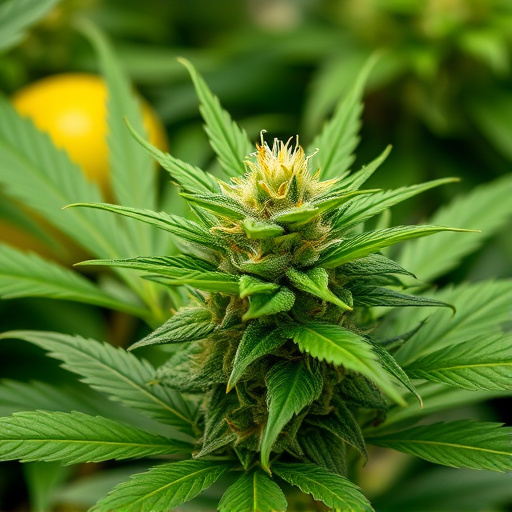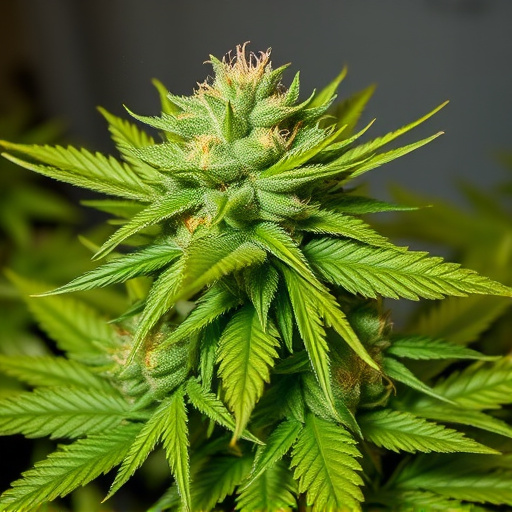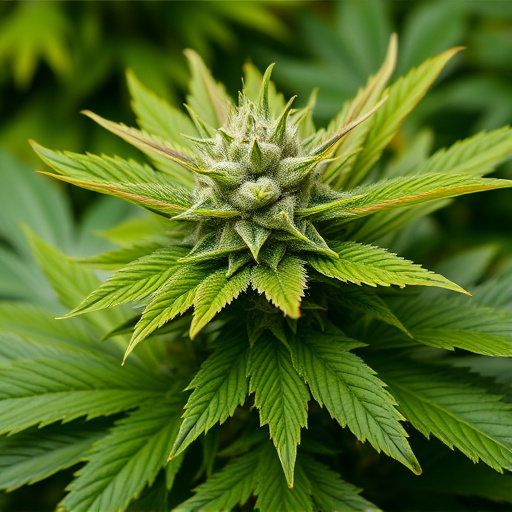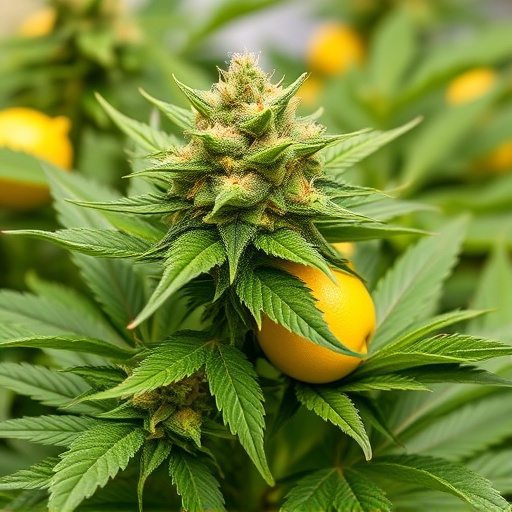Decarboxylation is crucial for preparing lemon cannabis strains, transforming acidic compounds (THCA, CBDA) into active forms (THC, CBD) via a natural chemical reaction. This process enhances potency and unlocks unique flavors. To decarboxylate at home, start with high-quality, trimmed flowers; use methods like oven (220°F/105°C for 30-40 mins), dehydrator (120°F/49°C for hours), or vacuum oven for quicker activation while preserving delicate terpenes.
Learn the art of decarboxylating cannabis flower to unlock its full potential, especially with the popular and fragrant lemon cannabis strains. This process, a crucial step in preparing cannabis for consumption, involves transforming raw cannabinoids into their active forms. In this guide, we’ll explore the science behind decarboxylation, prepare your lemon cannabis strains, and introduce effective home methods to ensure a safe and successful decarboxylation journey.
- Understanding Decarboxylation: The Process and Its Purpose
- Preparing Lemon Cannabis Strains for Decarboxylation
- Effective Methods to Decarboxylate Cannabis Flower at Home
Understanding Decarboxylation: The Process and Its Purpose
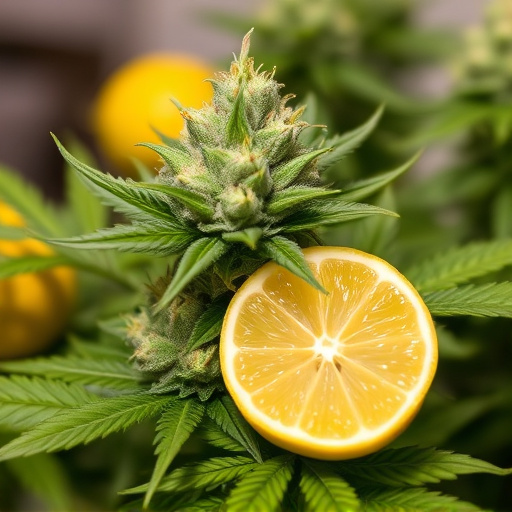
Decarboxylation is a critical process in preparing cannabis for consumption, especially when it comes to enjoying the full spectrum of terpenes and cannabinoids present in lemon cannabis strains. This chemical reaction occurs naturally as cannabis flowers age, but speeding up the process ensures a more potent and effective product. The term “decarboxylate” refers to removing a carboxyl group (COOH) from the compound, which activates specific compounds within the plant material.
The purpose of decarboxylation is to transform raw cannabis into its active form. In fresh cannabis flowers, many cannabinoids and terpenes are present in their acidic forms, like THCA (tetrahydrocannabinolic acid), CBDA (cannabidiolic acid), and various terpene acids. When exposed to heat or light over time, these compounds undergo decarboxylation, converting them into their neutral, more bioavailable states: THC, CBD, and the aromatic terpenes responsible for the unique flavors and aromas of lemon cannabis strains.
Preparing Lemon Cannabis Strains for Decarboxylation
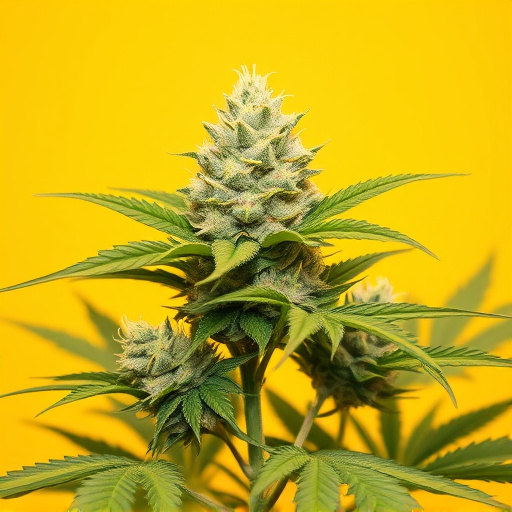
When preparing lemon cannabis strains for decarboxylation, it’s important to start with high-quality flower that has been properly cured and trimmed. These vibrant strains, known for their citrusy aroma and flavor profiles, require a bit of extra care during the preparation process to ensure optimal activation and preservation of their unique terpene and cannabinoid profile.
Begin by selecting mature lemon cannabis buds, ensuring they are free from any signs of mold or damage. Next, gently trim the flowers to expose the trichomes, the tiny hairs responsible for carrying cannabinoids like THC and CBD. This step is crucial as it allows for even heating during decarboxylation, enhancing the release of these compounds. For best results, use a sharp pair of scissors or pruning shears to maintain the integrity of the plant’s natural structure.
Effective Methods to Decarboxylate Cannabis Flower at Home
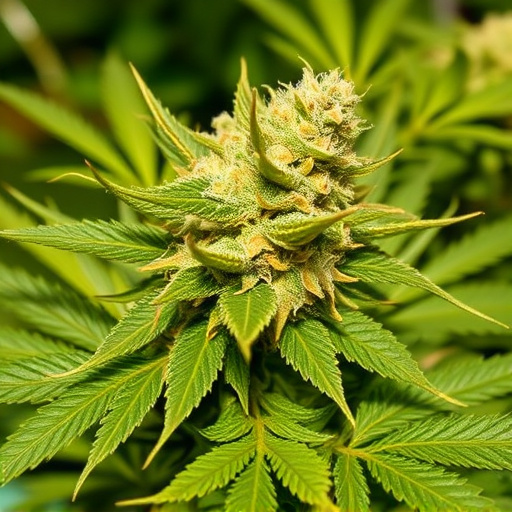
Decarboxylating cannabis flower at home is a popular method for those looking to enjoy its therapeutic benefits without smoking. There are several effective methods to choose from, each offering unique advantages and results. One of the simplest and most accessible ways is using an oven. Preheat your oven to around 220°F (105°C), place your cannabis flower on a baking sheet lined with parchment paper, and bake for approximately 30-40 minutes, stirring occasionally. This method maintains the flavor and potency of your lemon cannabis strains while activating the THC present in the plant material.
An alternative approach is to use a dehydrator, which provides more control over temperature and time. Set your dehydrator to around 120°F (49°C) and follow the manufacturer’s instructions for loading and drying your cannabis flower. This process can take several hours but ensures a consistent result. For those seeking a quicker method, a vacuum oven is another option, although it requires specialized equipment. This technique uses lower temperatures and reduced pressure to decarboxylate, preserving the delicate terpenes in lemon cannabis strains while still activating the THC.
Decarboxylating cannabis flower, especially lemon cannabis strains, is a key step in maximizing its therapeutic potential. By understanding the decarboxylation process and employing effective home methods, you can transform raw cannabis into a usable form. Whether you prefer edibles, tinctures, or other consumption methods, knowing how to properly decarboxylate ensures a more potent and enjoyable experience with your lemon cannabis strains.


